The Lang & Heyne Georg Versus the Anton: A Question of Discretion
Would you rather play it off low-key, or flaunt it if you have it?
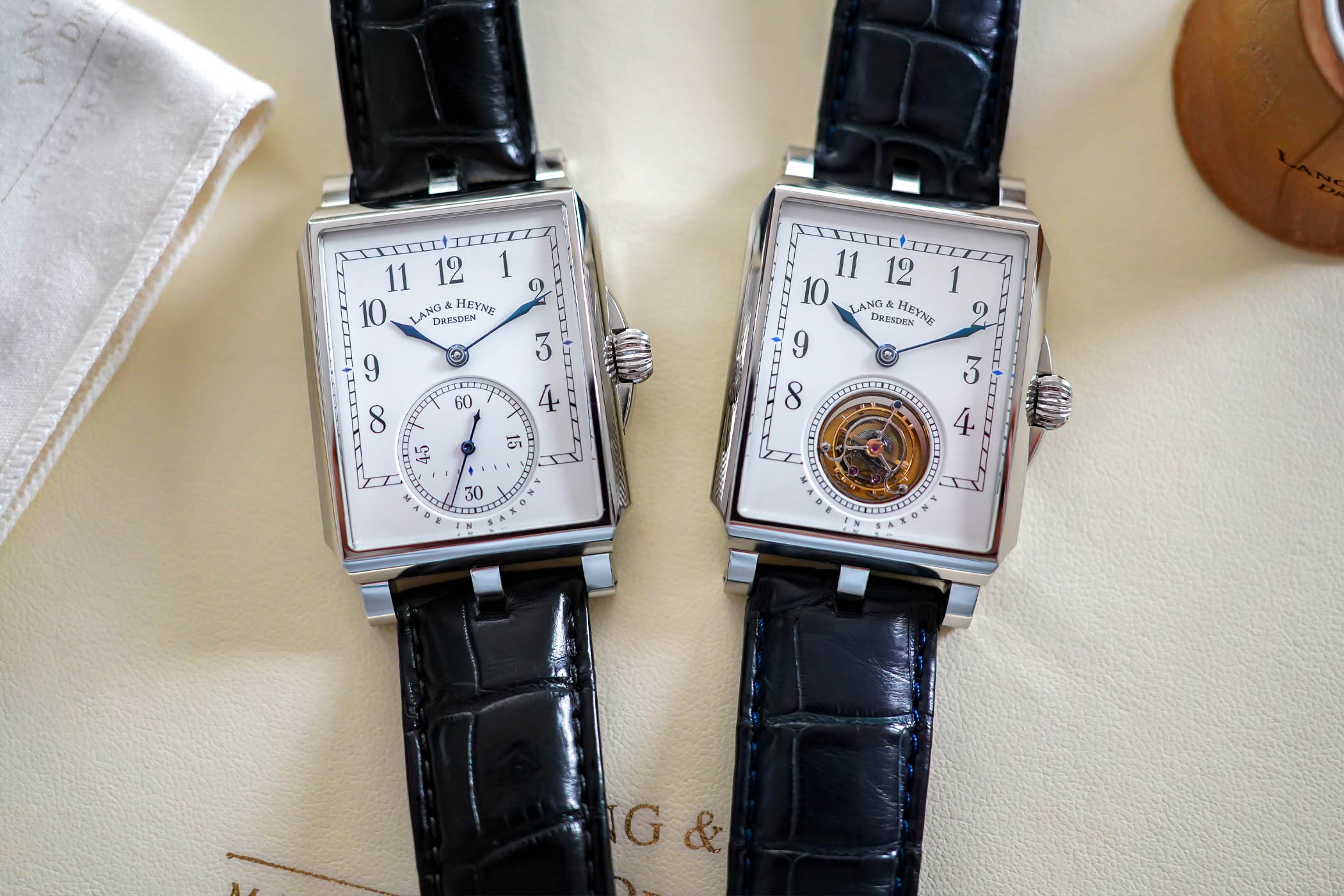
Have you ever found yourself torn between two rather similar-looking watches and not knowing which one to go for? I’m pretty sure we’ve all experienced this at some point, maybe even two watches from the same brand. The choice of a blue or green dial, or any other colour for that matter, can already be a tough one to make. I had that very experience recently when I was at Lang & Heyne and handled the Georg and Anton, two rectangular masterpieces with very similar looks but very different mechanics.

For those unfamiliar with the Georg and the Anton by Lang & Heyne, they might not appear to be that different. Granted, there are a lot of similarities between the two, but don’t be fooled by its looks alone. The Georg and Anton are the only two non-round (or square, to simplify) watches coming from the German high-end manufacturer.
The Art Deco-inspired case comes in stainless steel (Georg only) or precious metals (both models) and measures 40mm in length and 32mm in width. It has a lovely curve to it, and the grooves along the caseband give it tons of character. This is further enhanced by the scalloped corners, onion-style crown flanked by two subtle guards, and signature triple-lug design. Naturally, the top and bottom crystals are sapphire.
Now that I’ve gotten the basics out of the way, I will share my dilemma regarding the Georg and the Anton. For me, one of the prime reasons I love mechanical watches is to turn one over and be greeted by a finely tuned movement. It’s that very sensation that gets me every time, even in watches I’ve had for a long time and might not be on the level of the watches coming from Lang & Heyne’s atelier. Nevertheless, it never ceases to amaze me how a collection of intricately designed and constructed parts keeps perfect time or many other things if needed. So you can perhaps understand my position when it comes to holes in a dial or even fully skeletonized watches. For me, it often takes away the magic of that moment of excitement.
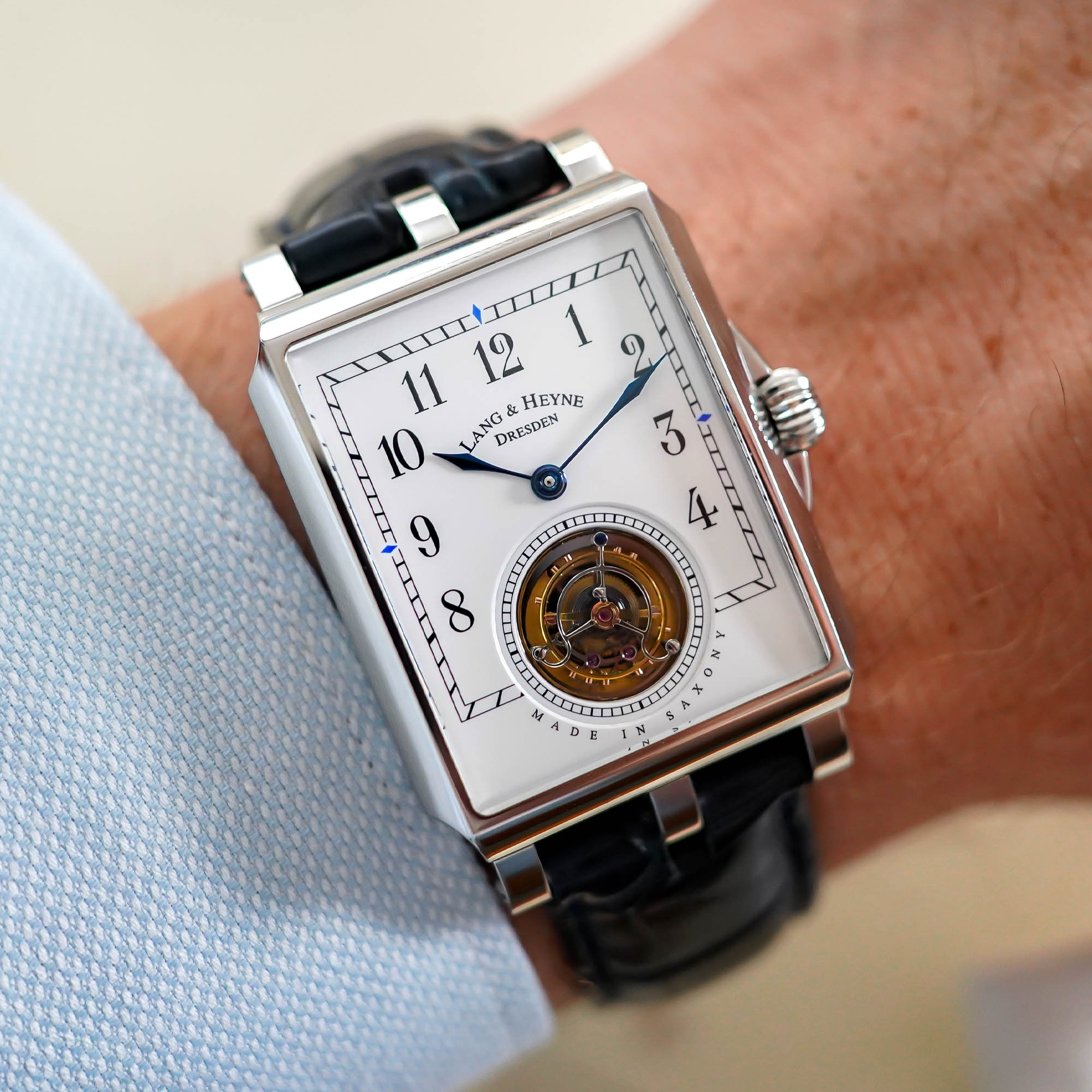
Sure, it might all sound a bit silly, but this dawned on me with the Georg and Anton watches I’ve rarely handled simultaneously before my visit to Dresden a couple of weeks ago. On one end, you have a superb enamel dial with a recessed small seconds register, delicately printed minute track, markers and other details and a set of perfectly uniform heat-blued hands. On the other, pretty much the same, except for a flying tourbillon escapement poking through the dial. It takes nothing away from the elegance of the face of the watch and, for some, perhaps adds even more appeal. To me, though, it had me torn a bit.
Looking at the back of both the Georg and Anton reveals yet more elements that differentiate the two from each other. Both start out with a shaped mainplate that follows the contours of the case perfectly. The calibre VIII in the Georg puts the escapement in the top right corner and aligns the running gear almost in a straight line down to the barrel. I had visions of a waterfall coming over the edge of a cliff face and gracefully flowing down the valley. The finger bridges are a distinct element impossible to ignore, as each one holds a gear under a jewel and is mounted to the baseplate with a single blued screw. Everything in sight is finished to perfection, with bevelled edges, black polishing, various types of brushing and so on. The finishing touch is the diamond over the staff of the balance wheel.
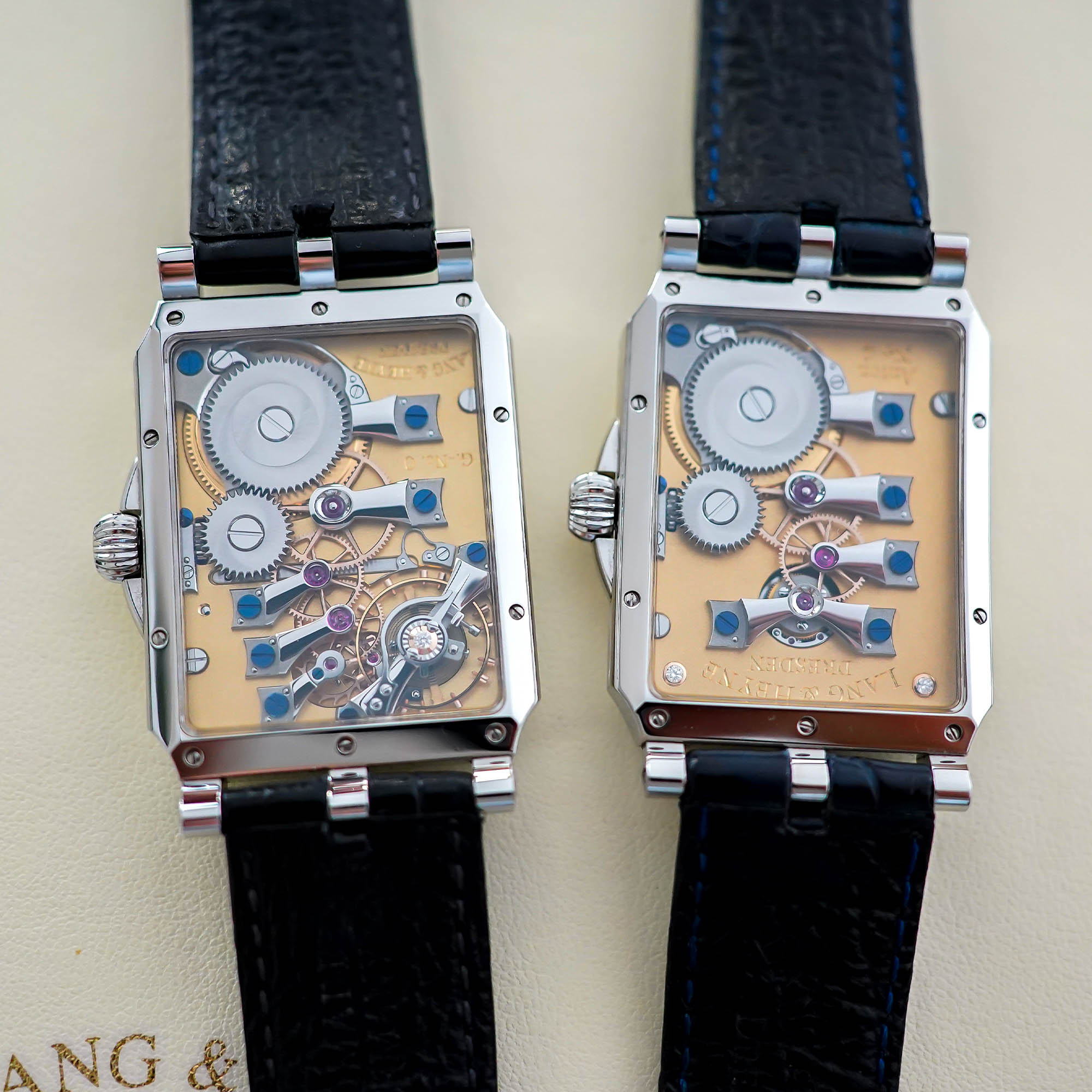
Then the Anton, which in turn puts part of its mechanical spectacle front and centre. This also means the splendour on the back is reduced to the running gear, keyless works and barrel mechanism. The number of components is increased due to the complexity of the flying tourbillon, but there are fewer components to marvel at in the back. Don’t take me wrong, it still looks stunning and features the same Haute Horlogerie levels of finishing and that whirlwind complication up front does look absolutely amazing. Perhaps it’s just me trying to hold on to my romantic visions of the sensations that come with mechanical watches, but I was genuinely puzzled when asked which one I preferred more.
All this is trivial, really, as both watches are well beyond my budget. The Georg has a base price of EUR 38.900 in stainless steel, with a platinum version topping out at EUR 52,900. The Anton is considerably more expensive given its complexity and starts at a price of EUR 103,900 in rose gold, which is bumped to EUR 114,900 in platinum. Details such as bespoke work or a pin buckle versus a folding clasp may affect the price a touch. Different handsets do not, however, so the lancet hands are no cheaper or more expensive than the cathedral hands.
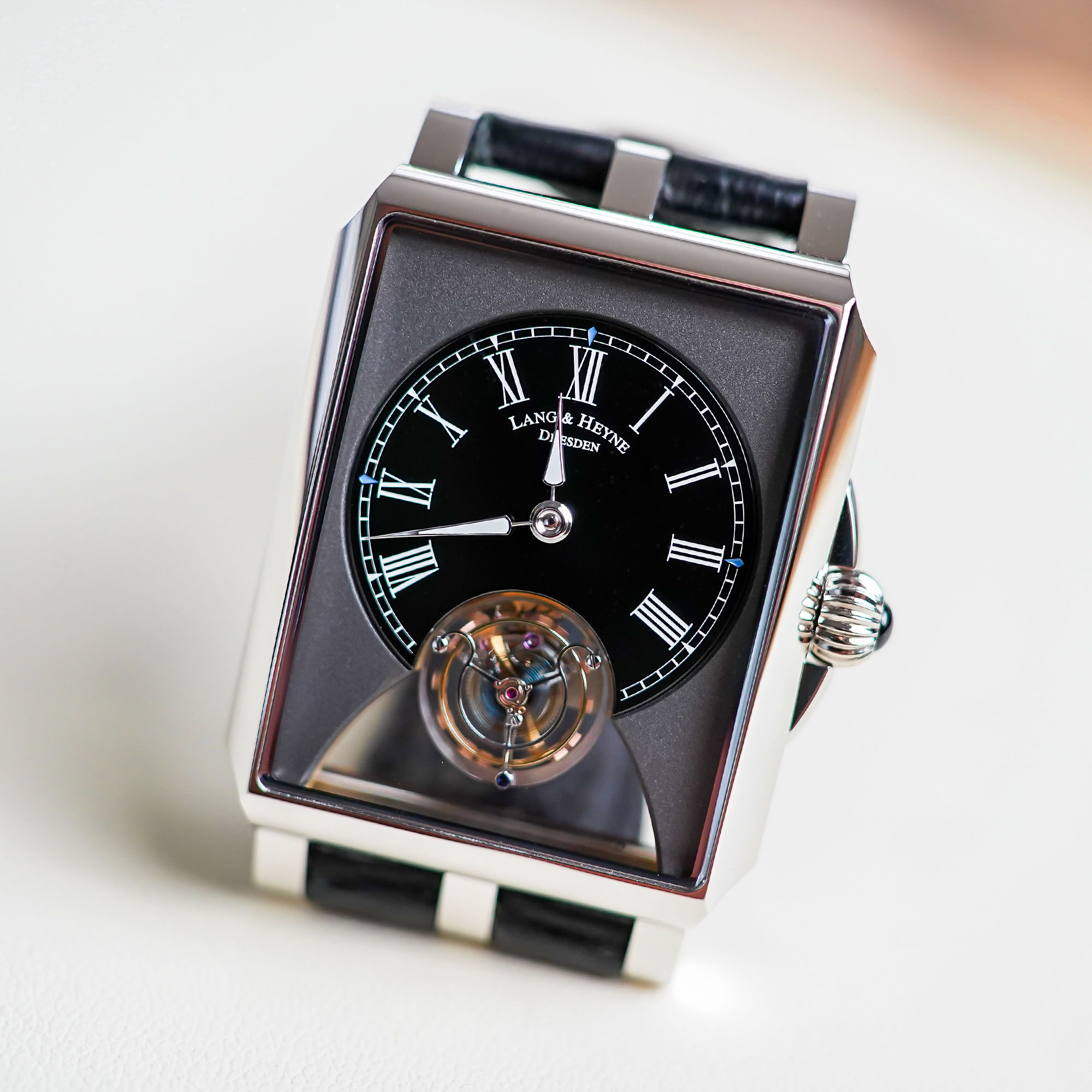
All this did raise the question though, for me at least, as to what people would prefer. Keeping things discreet with the closed dial of the Georg, or flaunt what you have if given the chance with the open dial of the Anton? You might have guessed I’m leaning more towards the Georg, but I’m curious to learn if my chain of thoughts makes any sort of sense. Maybe the best way to decide is to go all-out and aim for the Lang & Heyne Anton Manufacture Edition and it’s free-floating flying tourbillon, even though that costs EUR 160,000.
For more information about either of these two fabulous watches, please visit Lang-Henye.de.


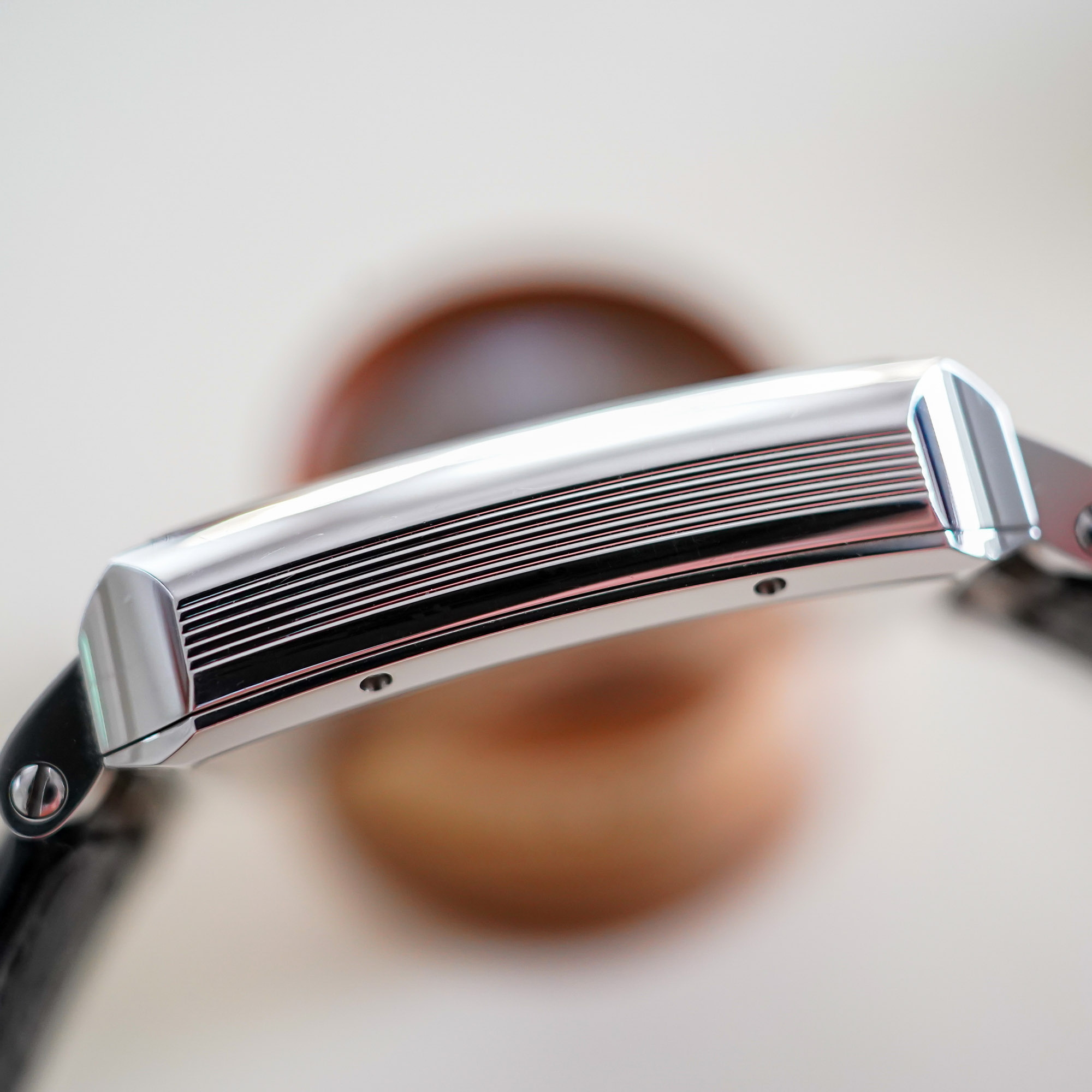
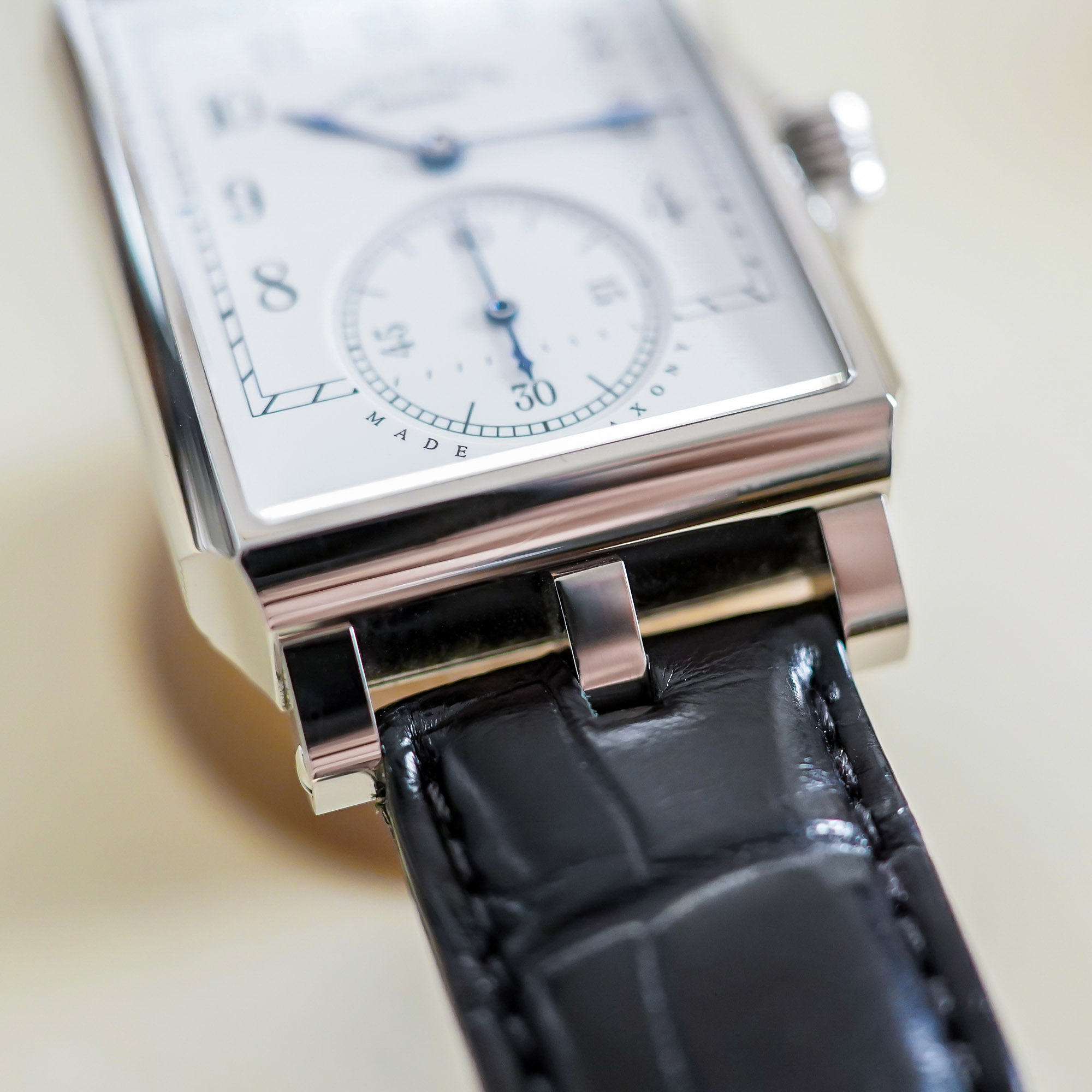
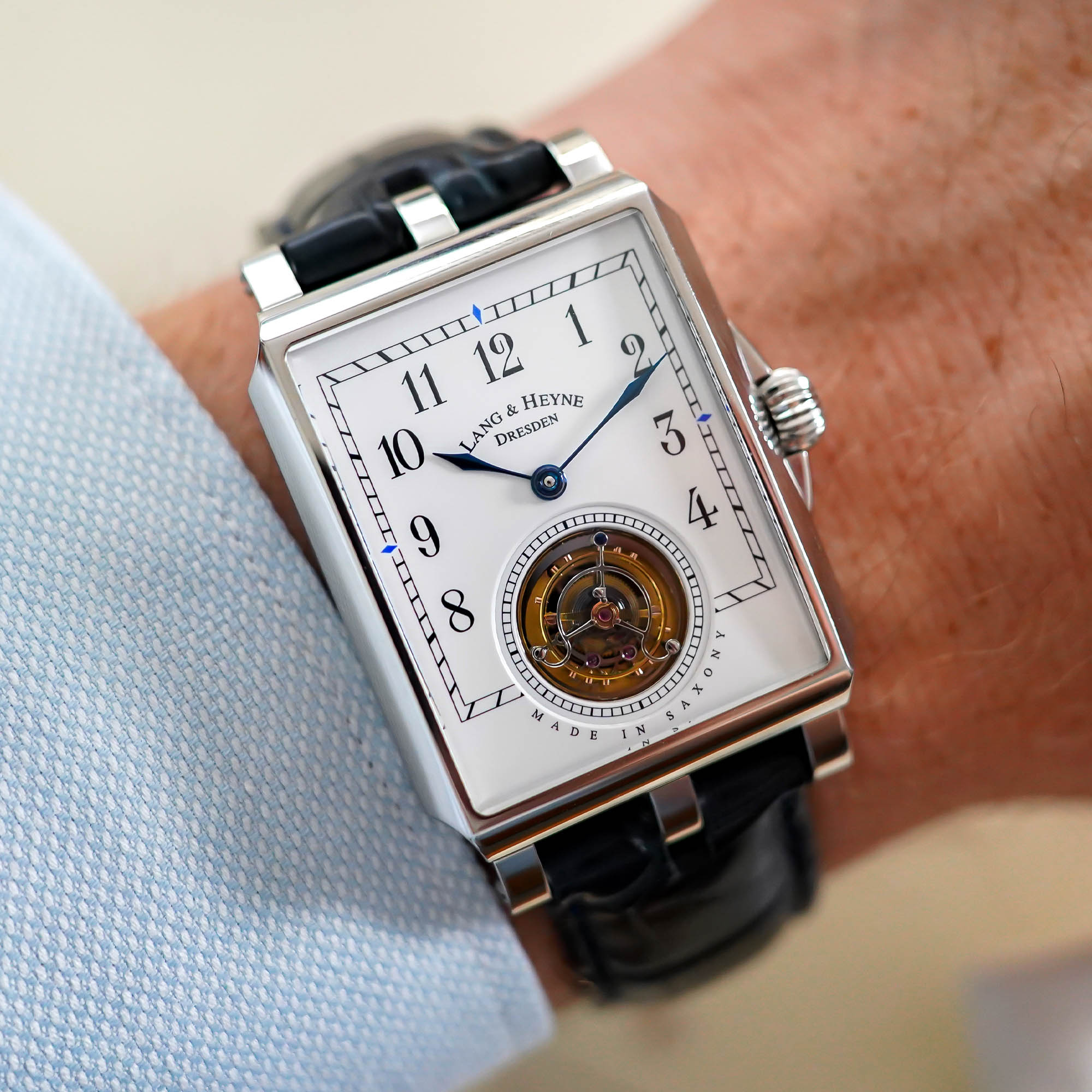
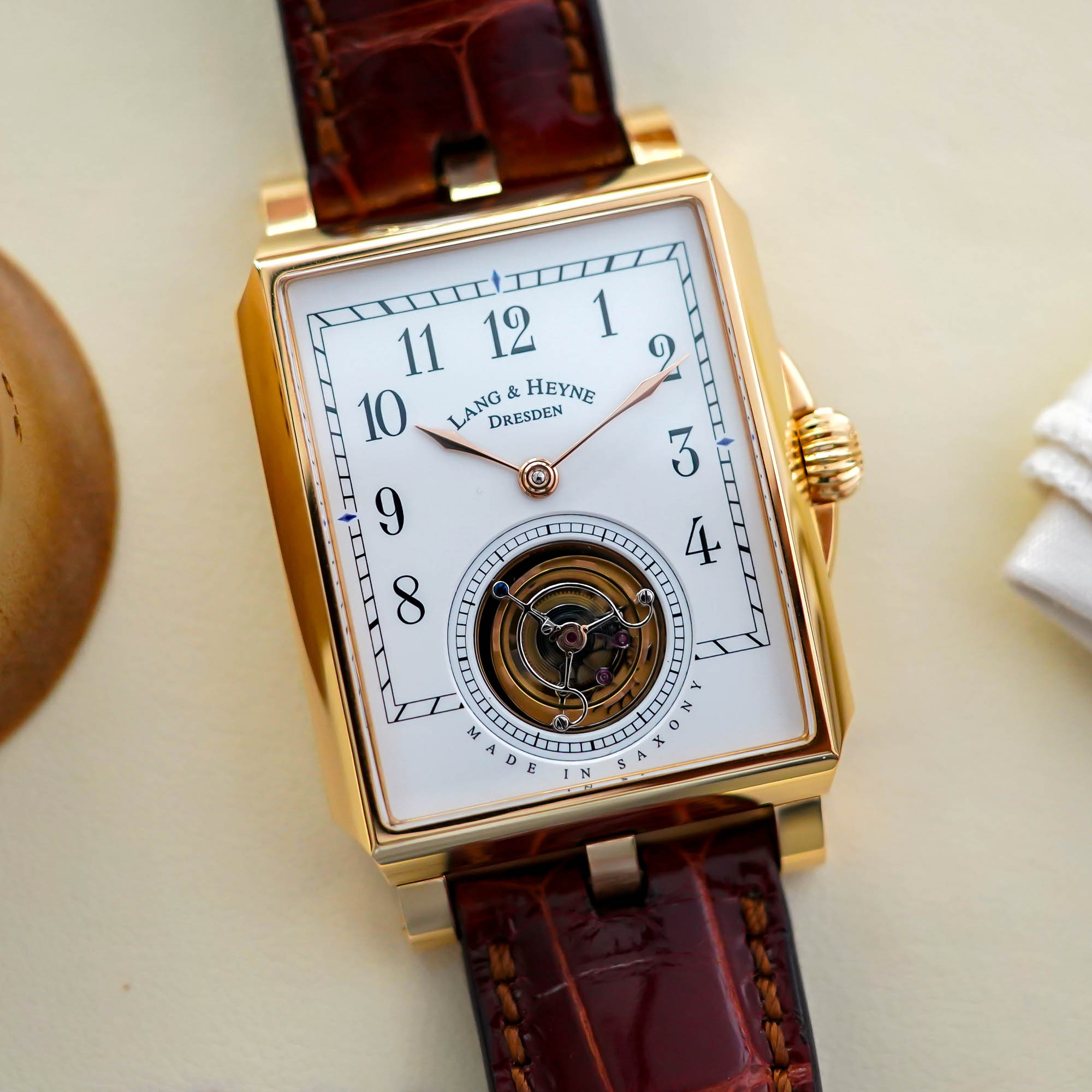
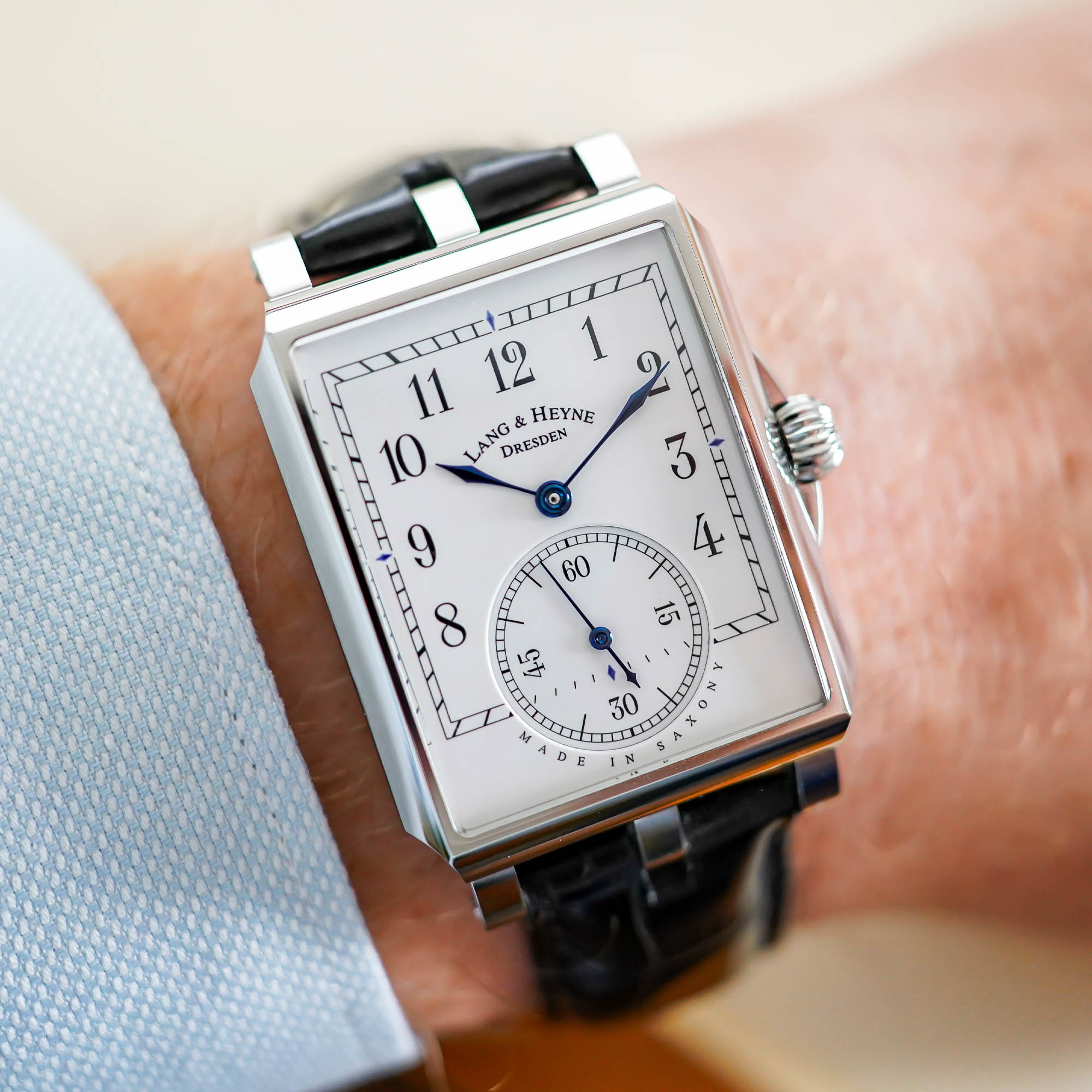
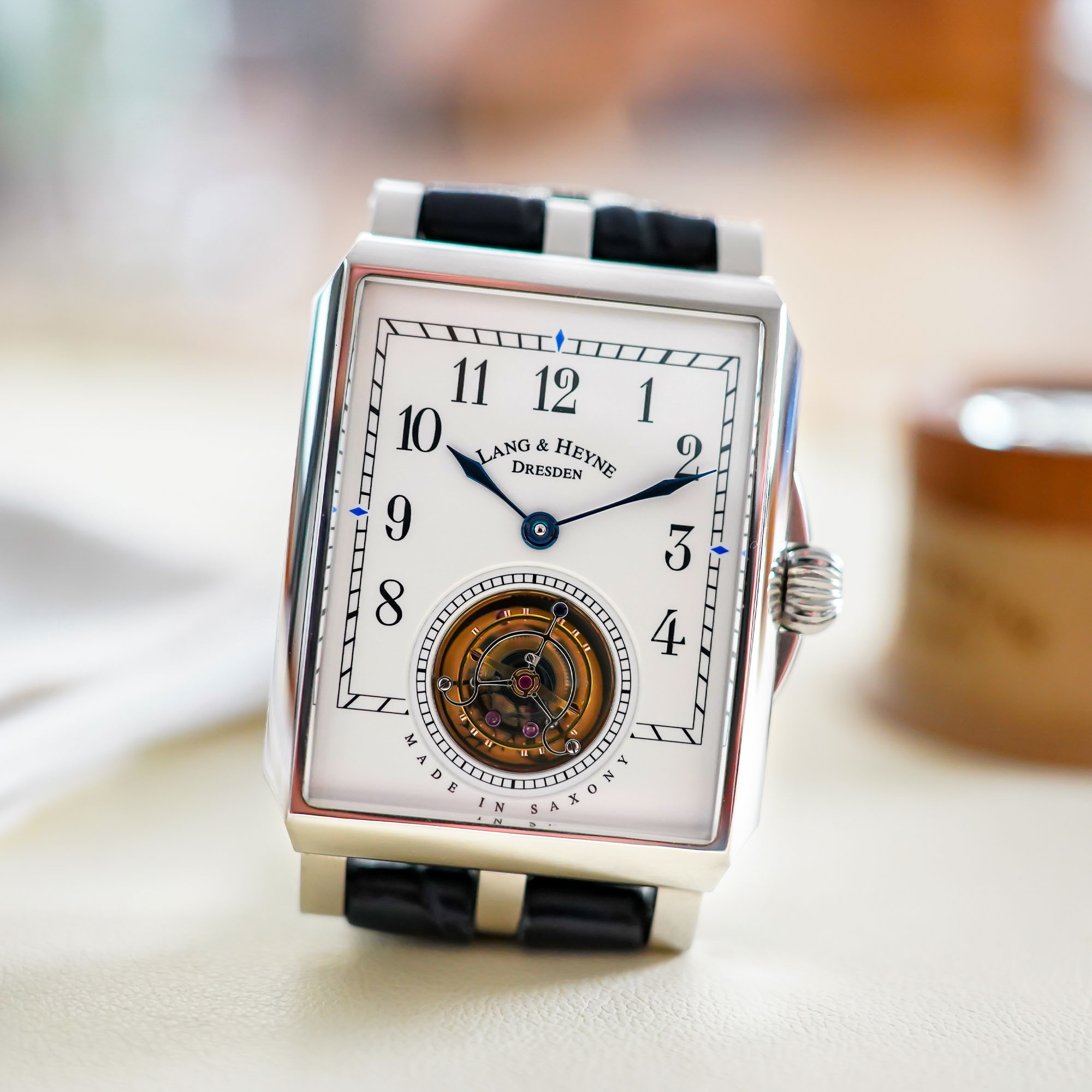
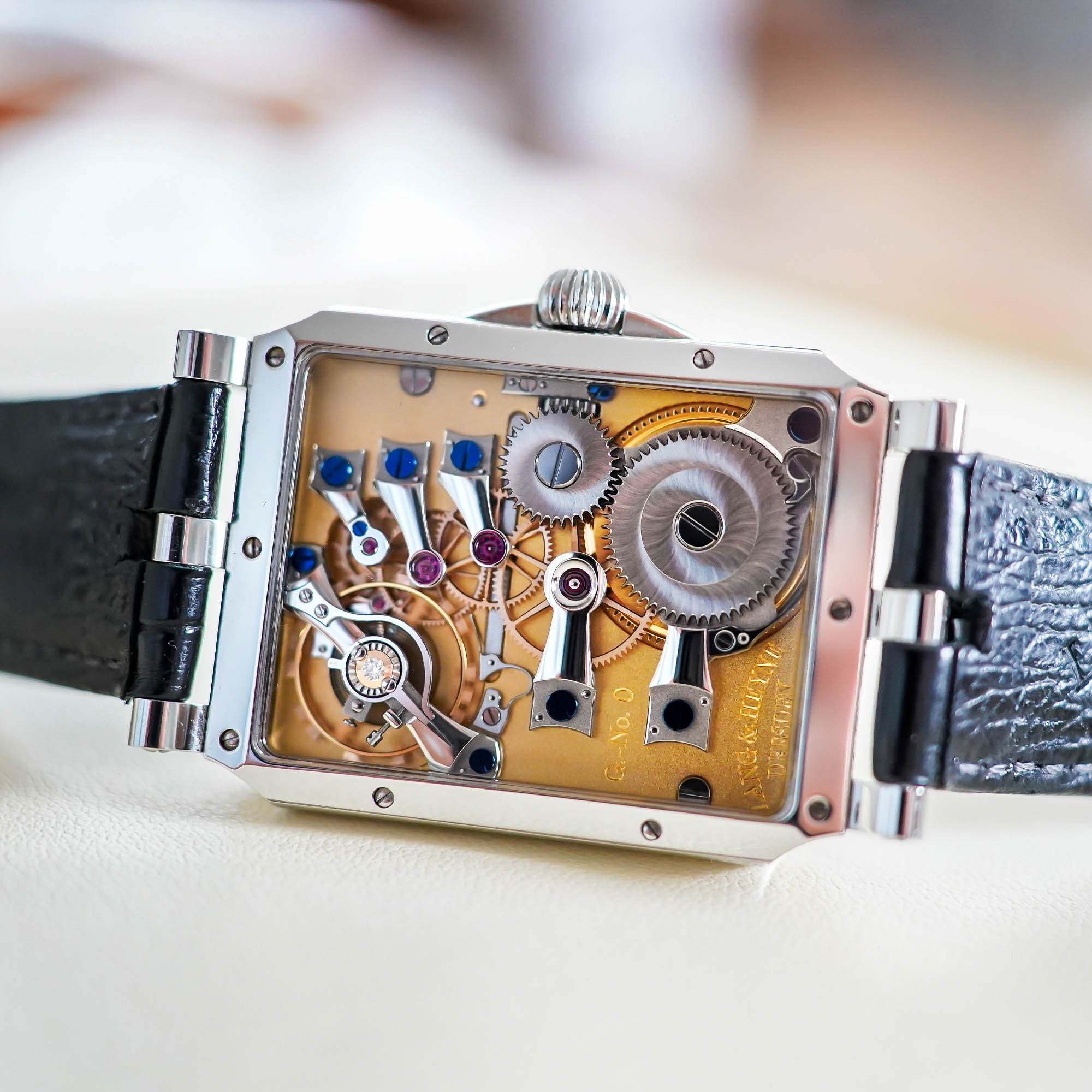

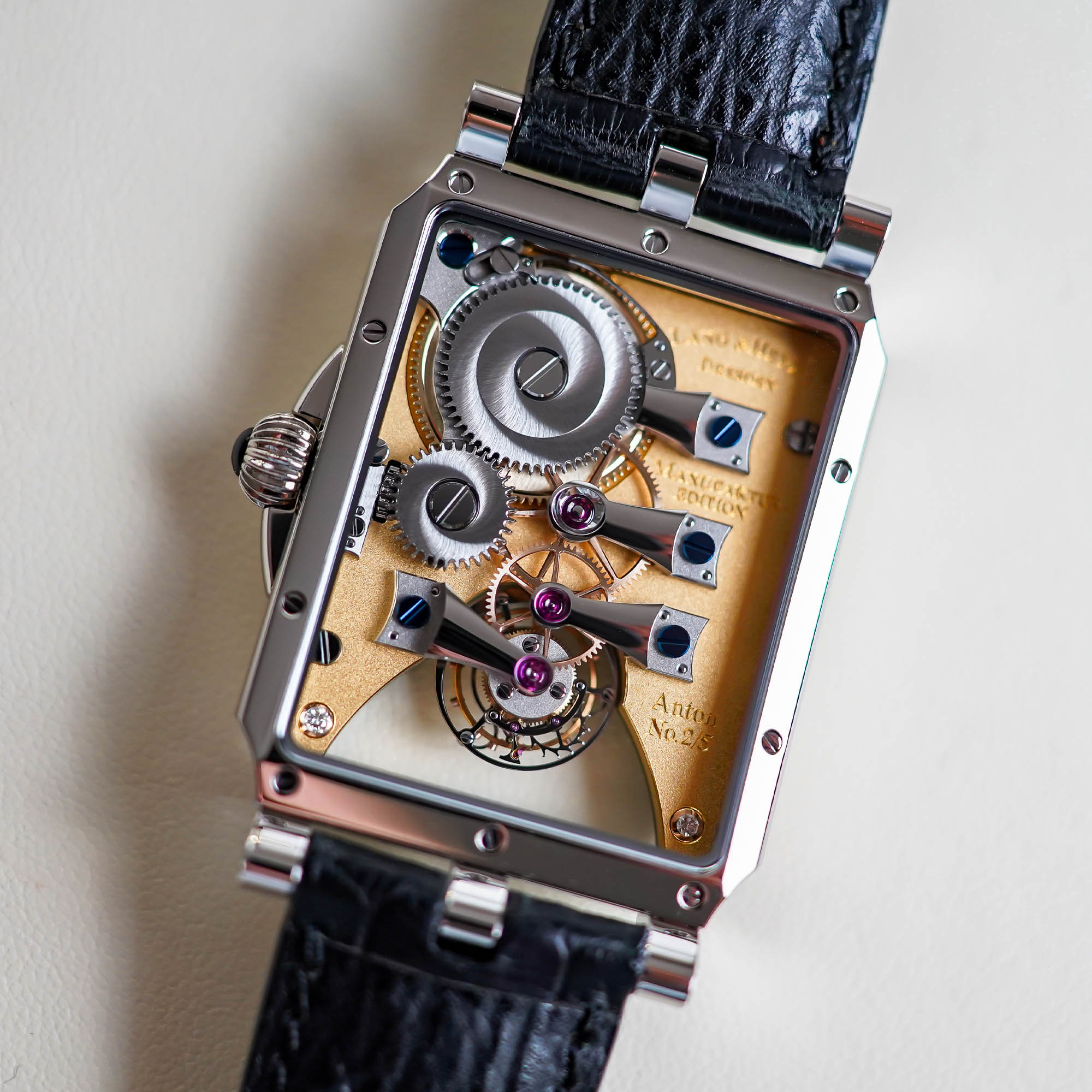
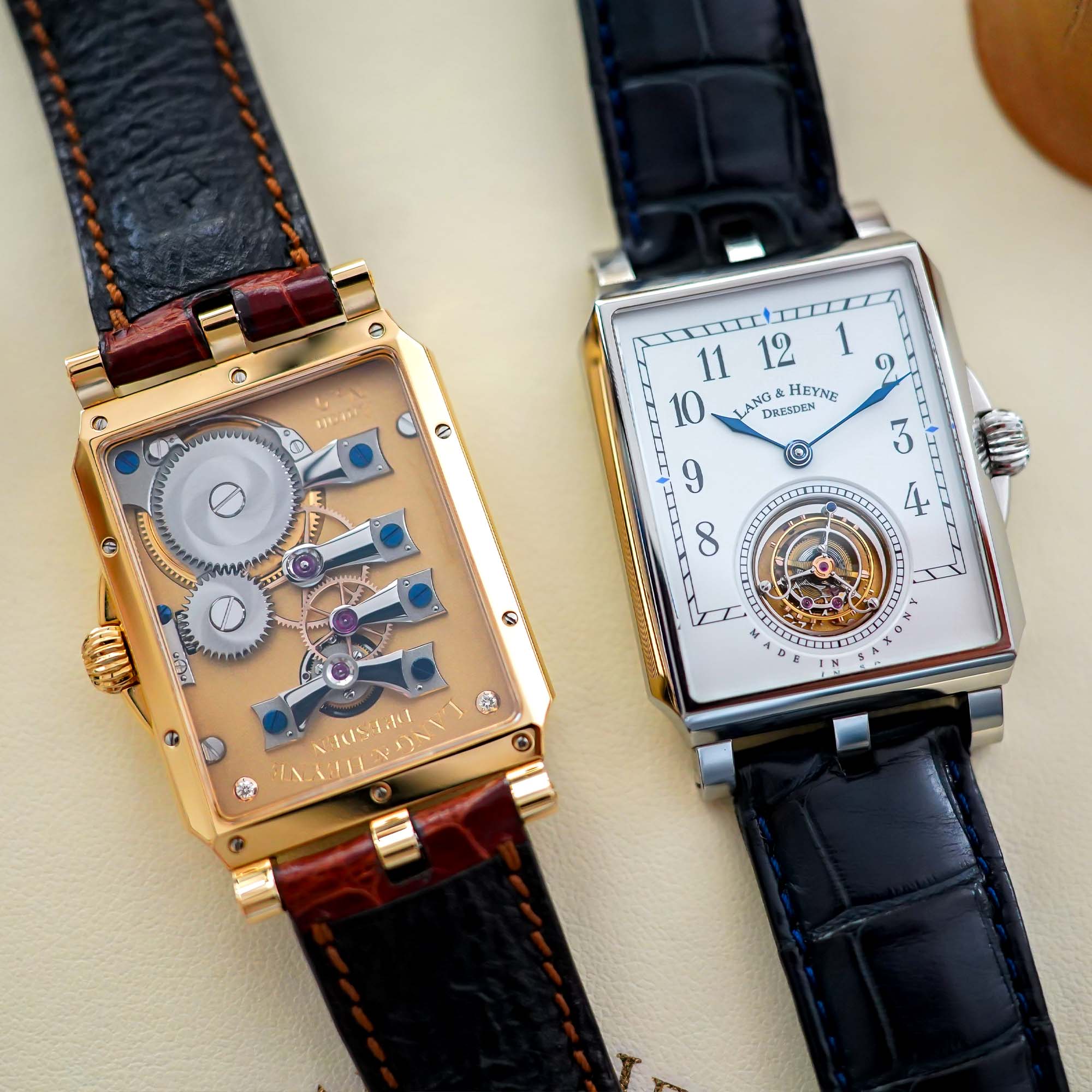
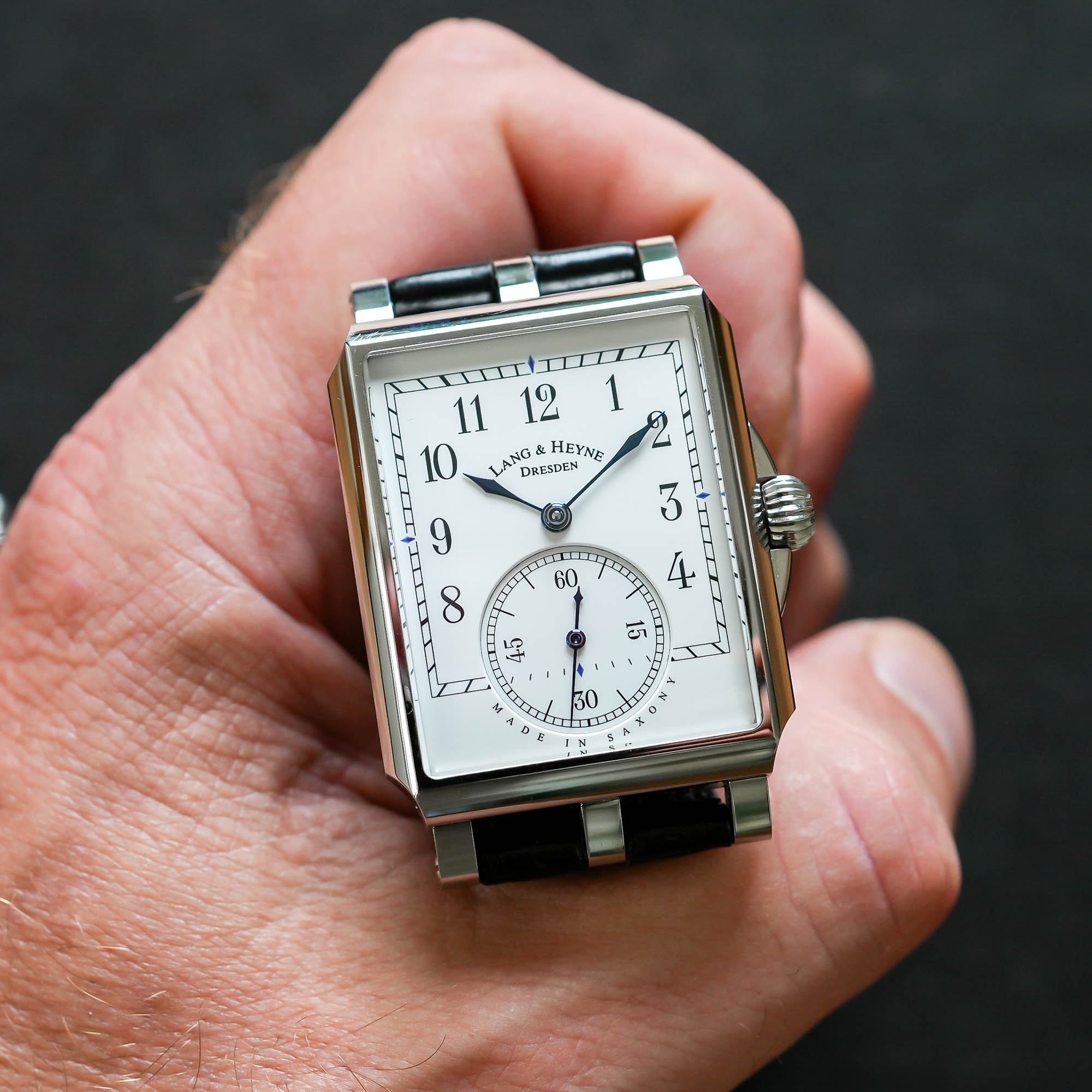
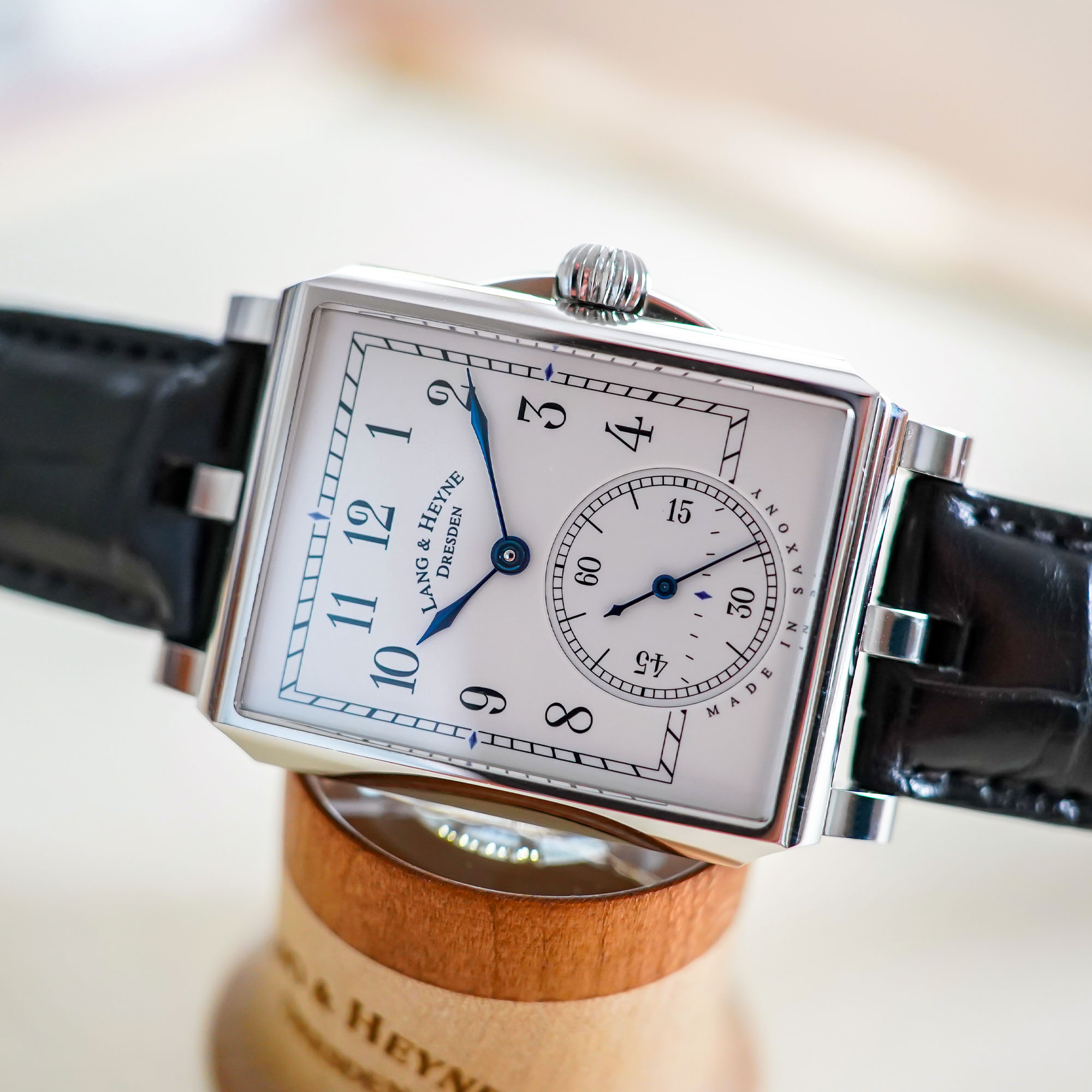
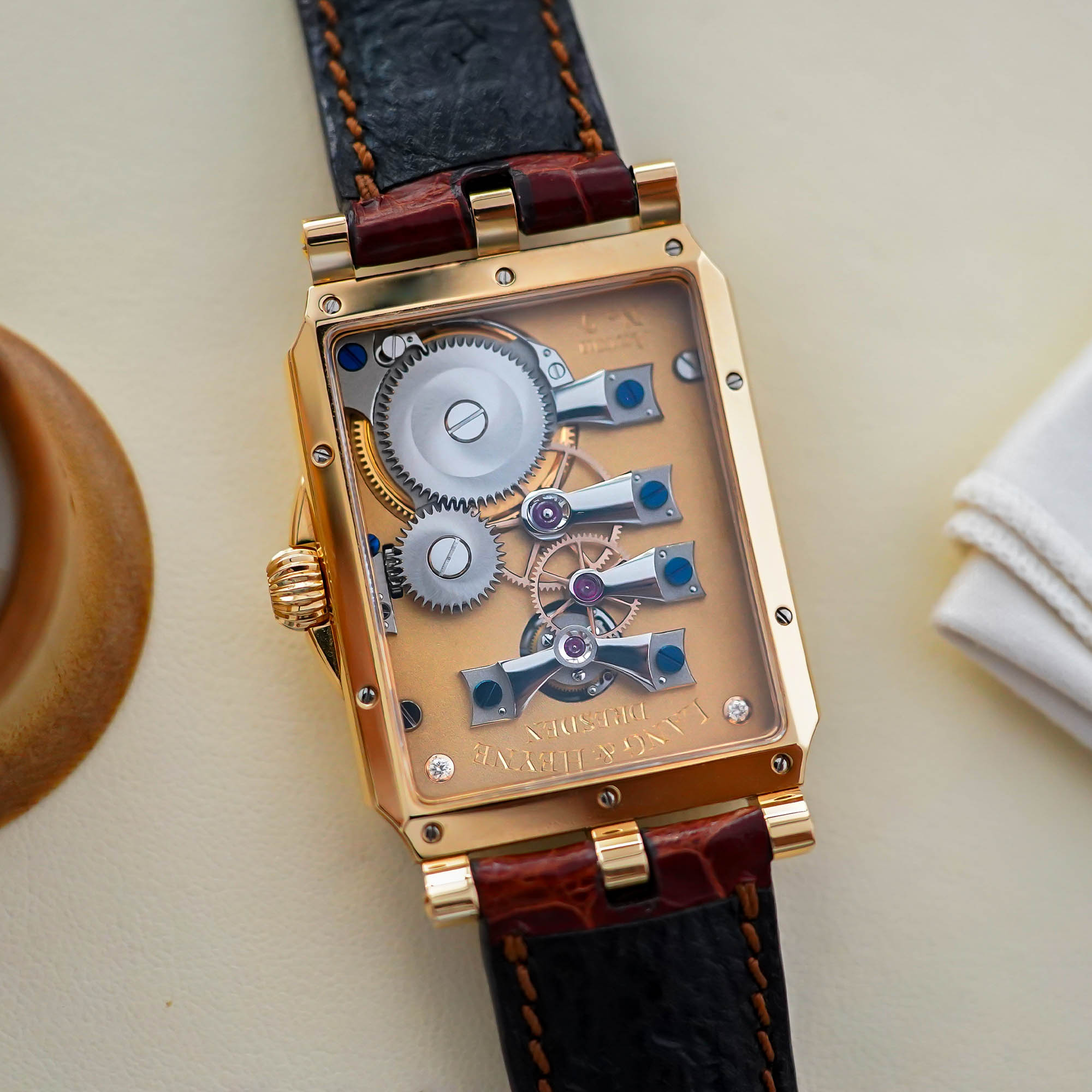
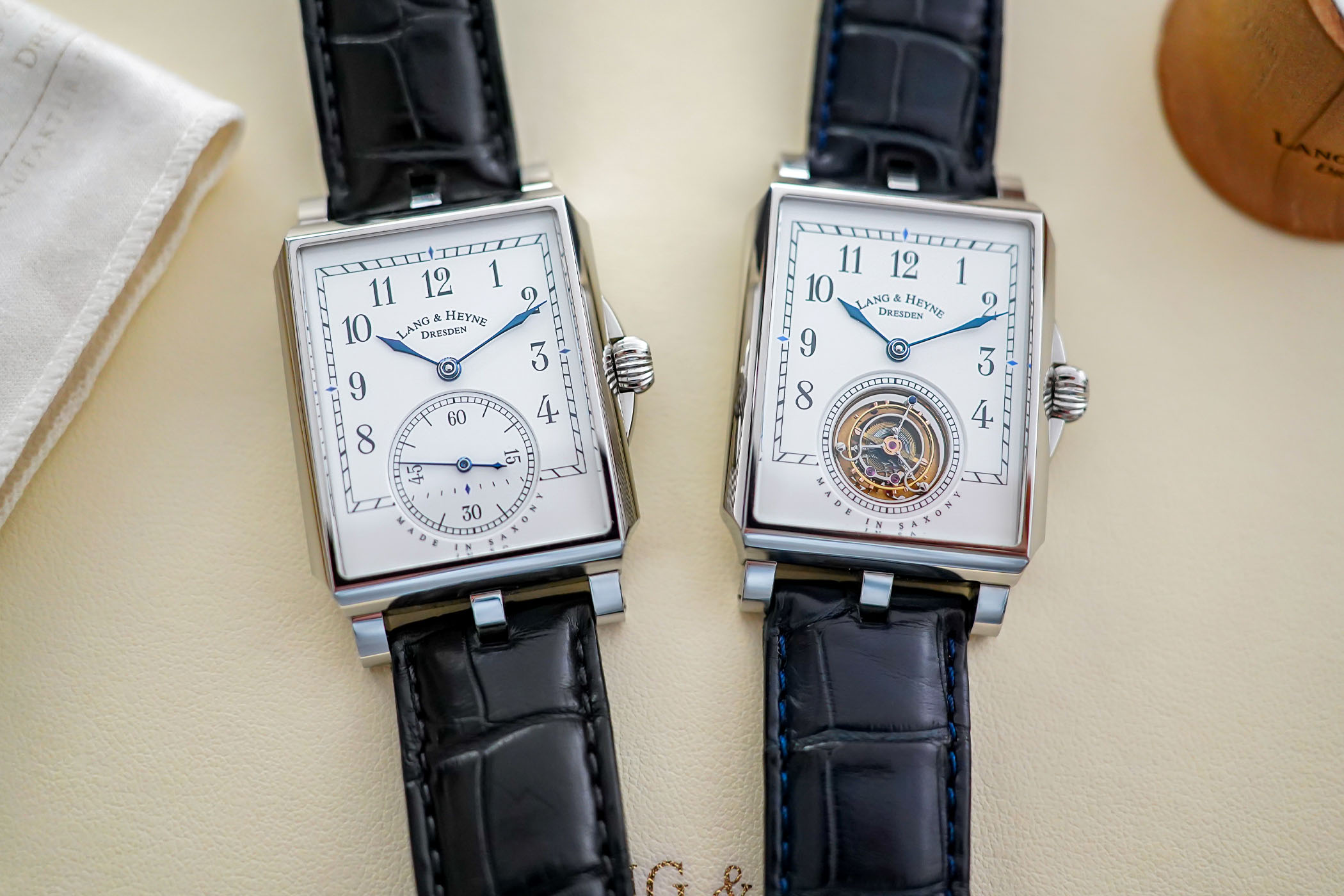



4 responses
I absolutely agree that the Georg presents is movement in a stunning and elegant way. Superb design. The Anton is gorgeous, but the resulting negative space on the back feels a bit arbitrary and loose. The Manufacture Edition seems to be a great compromise, except I’d have to be looking at my ugly arm hairs and freckles in the fully transparent window.
No question, a tourbillon can rival a moonphase complication’s ability to ruin a watches looks. Being cheaper is also a massive bonus
I’ve had this exact Georg in steel for about 6 months now. It’s a watch that explains how a watch works, in the most simplest way, easy to understand. Love it. Artisanal at its best.
Can’t agree with you more. The understated elegance of the dial and movement of the Georg does it for me.